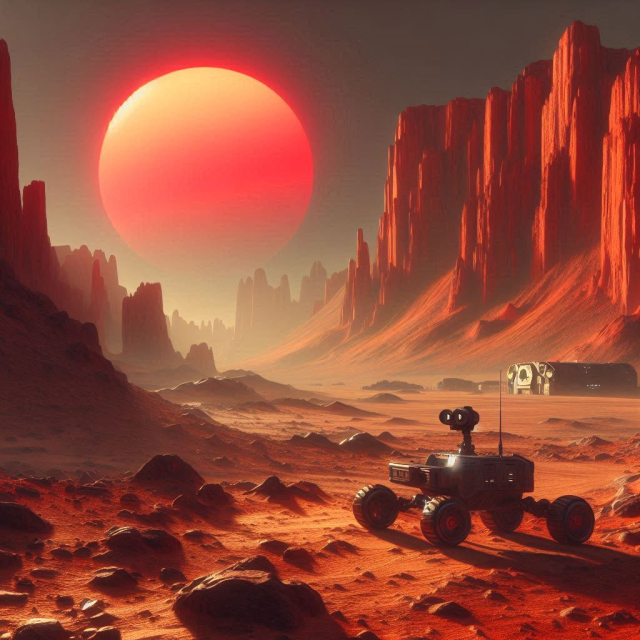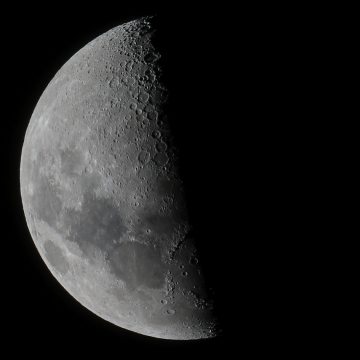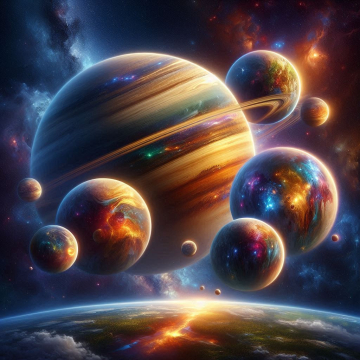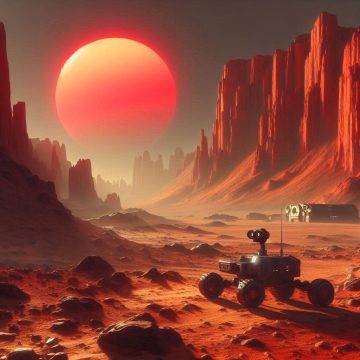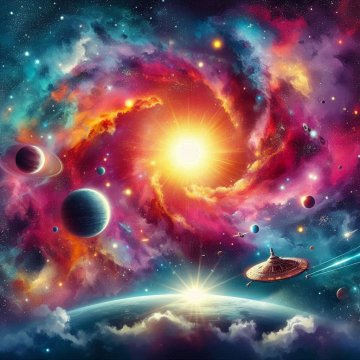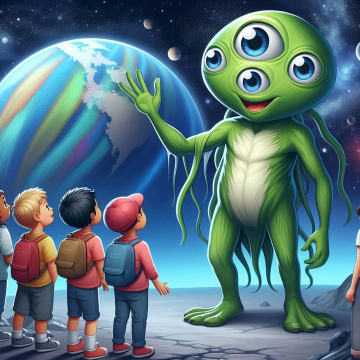Mars, the fourth planet in the solar system, has captured the imagination of humans for centuries. Known as the “Red Planet” for its distinctive color due to the iron oxide on its surface, Mars has been the protagonist of countless myths, legends, scientific research, and dreams about the possibility of extraterrestrial life. From ancient astronomical observations to the most advanced space missions, interest in Mars has grown over time, making it the prime target for future space exploration and, potentially, the first human colony outside of Earth.
Mars in history and mythology.
Since ancient times, Mars has played a crucial role in the mythological stories of many cultures. For the Romans, Mars was the god of war, and that is where the planet's name comes from. Its reddish color, visible even to the naked eye from Earth, probably inspired associations with blood and violence, reinforcing its link to war in the ancient imagination.
The Babylonians, Egyptians and Greeks also gave importance to Mars. The Greeks, for example, called him Ares, who was also the god of war. In modern astrology, Mars is associated with energy, action and aggression, maintaining its symbolic legacy through the centuries.
In more recent times, the fascination with Mars took on a new twist in science fiction. Writers such as H.G. Wells in The War of the Worlds (1898) imagined advanced Martian civilizations that could pose a threat to humanity. These stories fueled interest in Mars as a possible home for extraterrestrial life, a topic that remains fascinating to scientists and authors alike.
Physical and geographical characteristics of Mars.
Mars is a rocky planet with many similarities to Earth, making it a prime candidate for human exploration. It has a mass of about 10% that of Earth and its diameter is about half that of our planet. A day on Mars lasts 24.6 hours, similar to an Earth day, but its year is almost twice as long, at 687 Martian days.
The Martian atmosphere is very thin, composed mainly of carbon dioxide (95%), with traces of nitrogen and argon. Unlike Earth, this atmosphere is not dense enough to maintain warm temperatures or protect the surface from the Sun's ultraviolet rays. As a result, Mars is a cold planet, with temperatures that can drop to -125 degrees Celsius on winter nights near the poles.
Mars has impressive geographical features that have captured the attention of scientists:
- Olympus Mons: The largest volcano in the solar system, with a height of approximately 22 kilometers, almost three times higher than Mount Everest.
- Valles Marineris: A massive canyon stretching over 4,000 kilometers long and 7 kilometers deep. This canyon is approximately 10 times longer than the Grand Canyon in Arizona.
- Polar ice caps: Mars has ice caps at its poles, composed primarily of frozen carbon dioxide (dry ice), which expand and contract according to the Martian seasons. These caps have been studied in depth, as beneath them there may be deposits of frozen water.
The search for life on Mars.
One of the biggest mysteries surrounding Mars is whether it ever supported life. Although there is no conclusive evidence of life on Mars today, scientists believe that the planet may have had more favorable conditions for life in the past.
Billions of years ago, Mars had a much warmer and wetter climate. Images from space missions have shown valleys and riverbeds that indicate the presence of liquid water on its surface. Water is an essential component for life as we know it, so this evidence has fueled hope that at one time, Mars may have had the conditions necessary for microbial life to emerge.
Currently, research is focusing on the possibility of life in the form of microorganisms in the Martian subsoil, where they could be protected from radiation and harsh surface conditions. The presence of liquid salt water in the subsoil has also been suggested by some recent studies, raising expectations of finding microbial life.
Space missions to Mars.
The exploration of Mars began in the 1960s with the first probes sent by the United States and the Soviet Union. Since then, Mars has been the destination of dozens of missions, some successful and others not so much, but all contributing to the growing knowledge about this planet.
The most relevant missions.
- Mariner 4 (1965): This was the first successful mission to send close-up images of Mars back to Earth. It showed a cratered and dry Mars, shattering some theories about a Mars teeming with life.
- Viking 1 and 2 (1976): These American probes were the first to land on Mars. They included research laboratories that searched for signs of life, although their results were inconclusive.
- Curiosity Rover (2012): Launched by NASA, the Curiosity rover has been exploring the Martian surface and sending back data about its geological composition. One of its greatest achievements was confirming that Mars once had the conditions necessary to support life.
- Perseverance Rover (2021): NASA’s newest mission is equipped with advanced instruments to search for signs of past life and collect rock samples that are expected to be brought back to Earth on a future mission. Additionally, Perseverance carried the Ingenuity helicopter, the first vehicle to fly in another planet’s atmosphere.
Missions from other countries.
Besides NASA, other space agencies such as the European Space Agency (ESA), the Indian Space Agency (ISRO) and the China National Space Administration (CNSA) have launched successful missions to Mars. In particular, China's Tianwen-1 mission succeeded in placing a rover, Zhurong, on the surface of Mars in 2021, marking a milestone in international exploration of the Red Planet.
The future: colonization of Mars.
One of humanity's greatest dreams is to establish a colony on Mars. Elon Musk-led SpaceX has been the most vocal about this goal, with plans to send humans to Mars in the 2030s. Musk has claimed that colonizing Mars is essential to ensuring humanity's long-term survival, should a catastrophe occur on Earth.
Colonizing Mars, however, presents enormous challenges. In addition to the unbreathable atmosphere, extreme temperatures and dangerous radiation, future colonists would have to contend with problems related to water, food and energy supplies. Terraforming, or modifying the climate and atmosphere of Mars to make it habitable, is an idea that has been proposed, but so far it is more theory than reality.
Mars in popular culture.
Mars has been a source of inspiration for countless works of science fiction, from films to novels and television series. Works such as Ray Bradbury's The Martian Chronicles or Andy Weir's The Martian, which was adapted into a Hollywood film starring Matt Damon, have imagined scenarios of colonization and survival on Mars.
Mars, with its distinctive red color and close proximity to Earth, has been an object of fascination for millennia. From the earliest astronomical observations to the most advanced space missions, Mars has captured our imagination as the next great destination in space exploration. Although the challenges are enormous, interest in Mars is only growing, and with technological advances and ongoing missions, we are closer than ever to unlocking the mysteries of this planet and, perhaps, becoming an interplanetary species.
